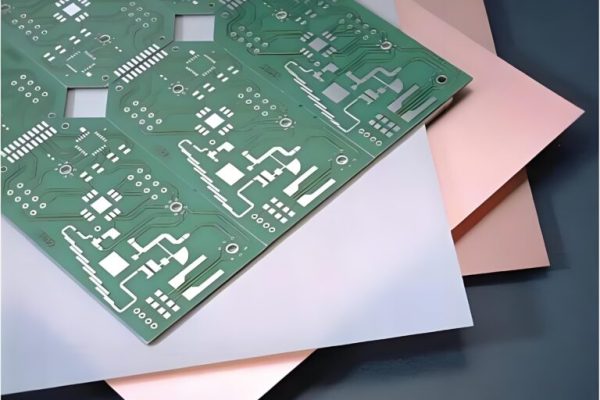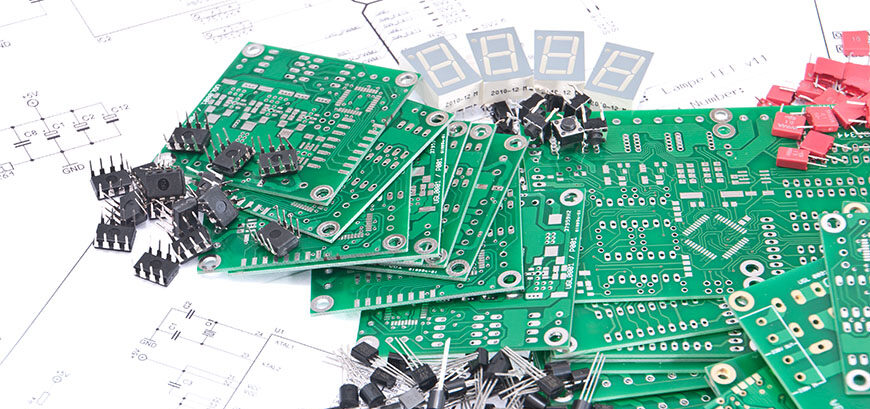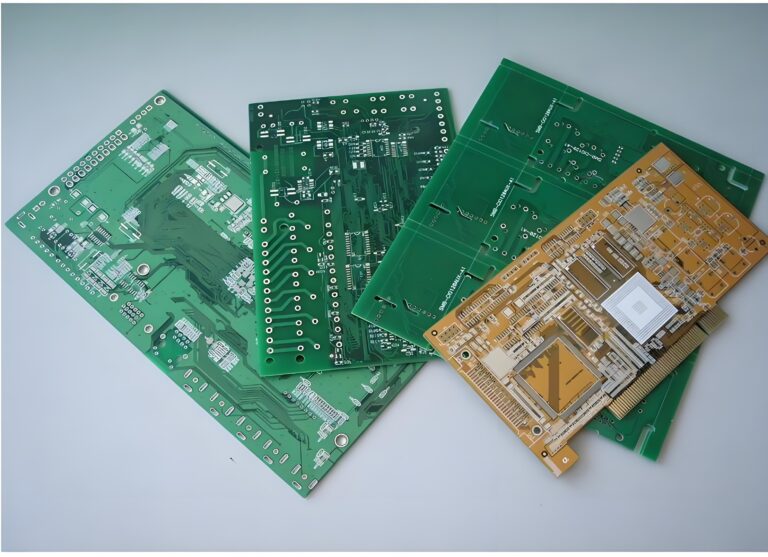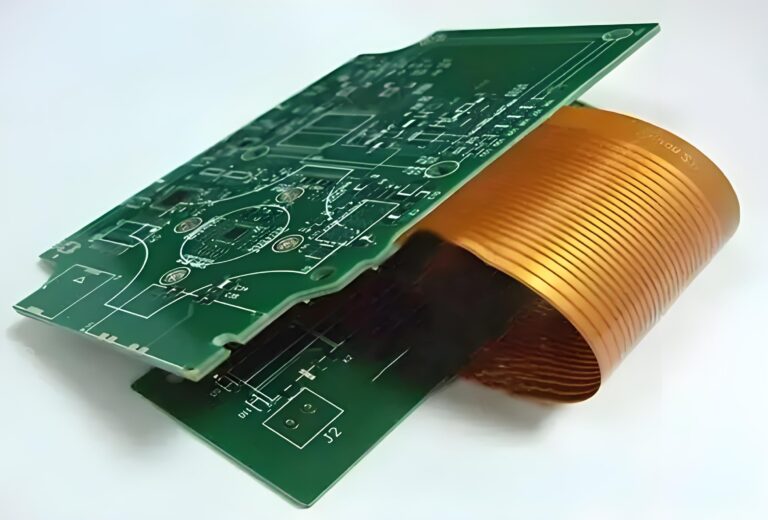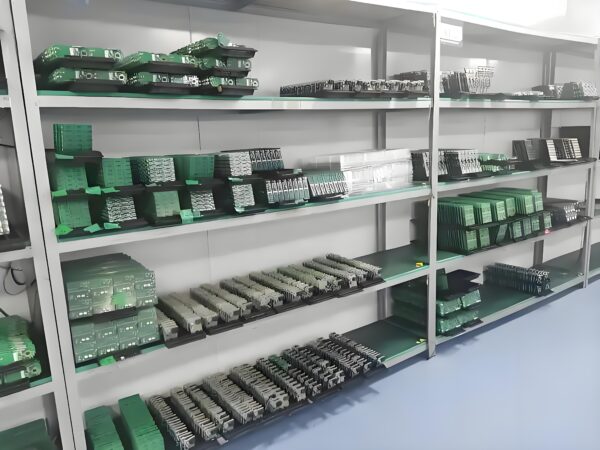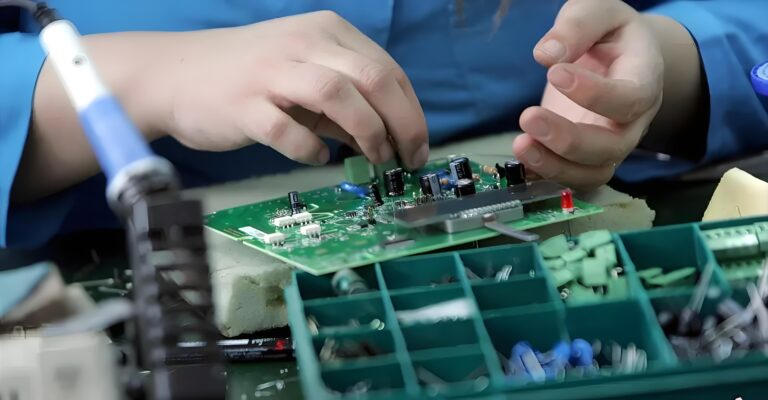The performance and reliability of a circuit board largely depend on the selected substrate, which not only carries circuit components but also provides electrical insulation, mechanical support, and thermal management functions. Therefore, when selecting circuit board substrates, multiple factors need to be comprehensively considered to ensure the quality and performance of the final product.

Electrical performance
Electrical performance is the primary consideration when selecting circuit board substrates. The ideal substrate should have high insulation resistance, low dielectric constant, and low loss tangent to reduce energy loss and delay during signal transmission, ensuring high-speed and stable operation of the circuit.
Mechanical strength and stability
Mechanical strength and stability, circuit boards need to withstand various stresses during component installation, welding, and long-term working environments during use. Therefore, the mechanical strength, heat shock resistance, and dimensional stability of the substrate are crucial.
Thermal management
Thermal management has become an important challenge in design as the power density of electronic devices increases. The thermal conductivity of the substrate directly affects the efficiency of heat dissipation, which in turn affects the performance and lifespan of the entire system.
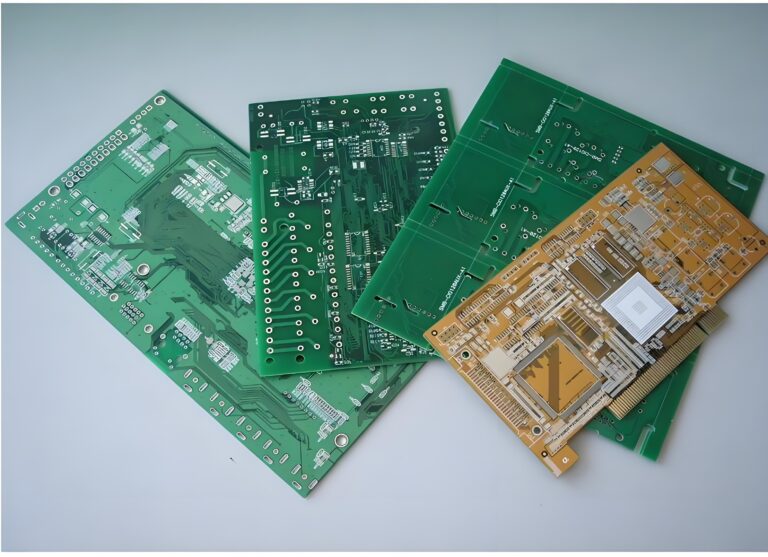
Processability and cost
Processability and cost. The processability of the substrate determines the production efficiency and manufacturing cost of the circuit board. A substrate that is easy to drill, cut, etch, and electroplate can reduce production difficulty and cycle time, and improve yield. Meanwhile, cost is also an important factor that cannot be ignored, and it is necessary to seek the most cost-effective solution while meeting performance requirements.
Environmental protection and sustainability
Environmental protection and sustainability, the use of environmentally friendly and recyclable circuit board substrates has become an industry trend, and halogen-free flame retardant materials (such as halogen-free FR-4) are more in line with environmental regulations because they do not release toxic halides when burned.

In summary, the selection of circuit board substrate is a comprehensive consideration process involving electrical performance, mechanical strength, thermal management, processability, cost-effectiveness, and environmental sustainability. Designers need to weigh various factors and choose the most suitable substrate based on the specific application requirements, to ensure that the circuit board meets performance requirements while also complying with cost-effectiveness and environmental standards, and to promote the development of electronic products towards higher efficiency and environmental protection.

